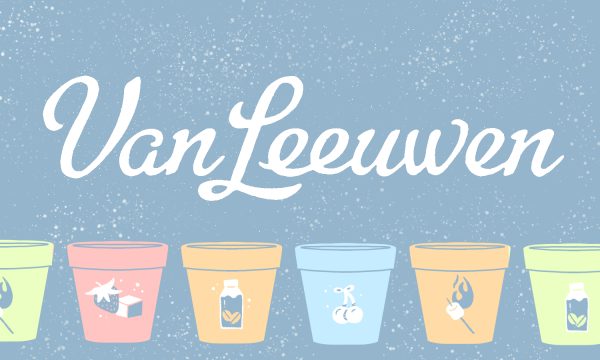We should take a less blaze-a-faire approach to smoking
Collegian | Luke Bourland
Photo illustration of a person smoking cannabis concentrate out of their dab rig.
September 15, 2022
For tobacco users, the science is clear: Long-term smoking is harmful. At least 16 million individuals live today with smoking-related diseases, according to the Centers for Disease Control and Prevention.
The practice can cause diabetes, heart disease, lung disease, cancer, stroke or chronic obstructive pulmonary disease. When including the effects of secondhand smoke, more than 480,000 Americans die every year from smoking. In short, the health effects aren’t minor.
THC users might think they are exempt from this reality. After all, current large-scale studies do not conclude that light or moderate cannabis use leads to increased risk of long-term health effects like lung cancer. A lack of current evidence, though, does not indicate certain safety.
Since cannabis is federally illegal, researchers have to jump through more hoops, overcome barriers to cannabis access and attain limited funding among other challenges. This makes research on tobacco comparatively scarce and creates gaps and unanswered questions in the field, not the least of which is the health effects of cannabis.
What we do know, though, is cannabis smoked in any form exposes our lungs to several carcinogens, tar and, of course, smoke. According to the National Institutes of Health, compared to cigarette smoke, cannabis contains “50% more (benzopyrene) and 75% more benzanthracene,” key carcinogens present in tobacco smoke. Further, because of how cannabis is smoked, there is greater exposure to tar, which is not good for either short- or long-term lung health.
“Smoking and vaping are absolutely valid ways to use cannabis. I don’t want anyone to be under any illusions there. We might, however, benefit from cutting back and taking advantage of other alternatives.”
It should be noted that while cannabis does have well-recorded short-term effects like increased risk of bronchitis, cough and mucus production, these effects usually subside after quitting routine smoking. Unfortunately, the risks of long-term impacts, especially for heavy smokers, need further study. Some studies attribute the current lack of evidence on increased chance of lung cancer to anti-tumor effects, but at the end of the day, the jury is out about long-term health effects.
Vaping is not really exempt from caution either, although it is perhaps safer than smoking. While it does not expose one to the same level of carcinogens or tar present in cannabis smoke, vaping does pose some health risks, like lung tissue damage.
I should clarify: This is not meant to be an attack on those who choose to smoke or vape. I would, however, like us all to remain conscious of the risks associated with smoking.
Fortunately, there are options to still consume cannabis without smoking.
The first and perhaps most notable option is edibles. There is a gamut of options available, from gummies to cookies to brownies and more. Whether you want an active sativa or mellow indica, there are plenty of options that let you precisely control your THC dosage and enjoy a sweet treat.
The second is tinctures: THC extractions made from high-proof alcohol and cannabis. These are lovely ways to add a special kick to a drink, food or whatever else you decide.
The third is a more recent phenomenon: THC-infused drinks. These marvels provide an almost alcohol-like social experience. Sit on the couch, crack open a couple drinks and enjoy. Some even emulate beer if you are so inclined.
These alternatives do have a standout issue still, at least for me. When going to the dispensary, your options are often a bit ham-stringed. A lot of growers grow and sell flower but don’t necessarily make ingestible alternatives. Fortunately, it’s not too hard (in theory) to turn your flower into lovely edibles or tinctures.
The key is decarboxylation. Cannabis provides little THC without being heated up first. When smoking or vaping, this is done by lighting flower on fire or heating wax to a high enough temperature, respectively. When making edibles, tinctures, drinks or any other ingested item, THC requires a more hands-on approach.
Fortunately, ovens are very good at heating things up to specific temperatures, and cannabis is no exception. To decarboxylate flower, all that’s needed is a baking sheet, some tin foil and, of course, the flower itself. After setting the oven to 240 degrees (and double checking it with a thermometer), place the cannabis — now spread out on a baking sheet — in the oven and leave it there for about an hour. Afterward, the cannabis is ready to be baked into a lovely product, steeped into tea or made into a tincture.
Unfortunately, I cannot go into much more detail regarding edible creation in this article, but I would be remiss to not mention dosage. Two grams of cannabis at 15% strength make 300 milligrams of THC. For most beginners or infrequent users, a 10-milligram THC edible is enough to knock them on the butt. Be cognizant, and do math about your dosages.
Smoking and vaping are absolutely valid ways to use cannabis. I don’t want anyone to be under any illusions there. We might, however, benefit from cutting back and taking advantage of other alternatives. There are loads of options, and your lungs could thank you 40 years down the line for consuming responsibly.
Reach Paul Brull at cannabis@collegian.com or on Twitter @csucollegian.






